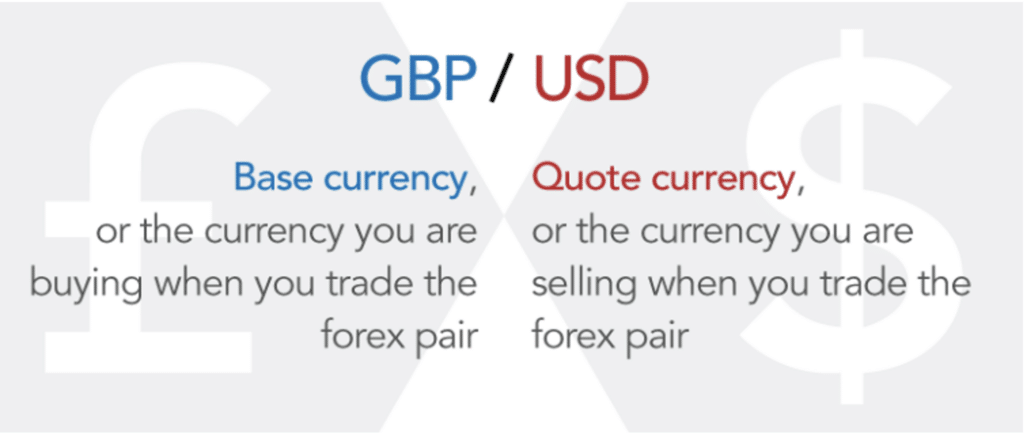What is forex?
Foreign exchange (forex or fx for short) is a term used for the exchange of one currency for another. When a person wants to change money from one currency into another they are taking part in the forex market. If a company needs to buy goods from another country, it will need to change money from its domestic currency into foreign currency to complete the transaction. This is forex.
However, there is also a speculative side to forex that is undertaken by traders and investors. Forex trading takes place via a broker that facilitates the trade. Because you never buy one currency in isolation, forex prices are quoted in “pairs”. The most popular traded pairs include:
- EUR/USD – accounts for almost 22.7% of total daily foreign exchange market turnover.
- USD/JPY – accounts for 13.5% of daily turnover
- GBP/USD – accounts for 9.5% of daily turnover
N.B. Data from April 2022, according to the BIS Triennial Central Bank Survey
However, there are many forex pairs for currencies around the world. Forex pairs tend to be placed into three groupings:
- Majors – these are the currencies of major economies that are paired with the USD (such as EUR/USD and USD/JPY)
- Crosses – these are major currencies which are paired with each other and not the USD (pairs such as EUR/GBP or AUD/JPY)
- Exotics – currency pairs of other countries from around the world. These are sometimes referred to as Emerging Market currencies. They tend to be paired with the USD but also other leading currencies such as the EUR, GBP and the JPY (such as USD/TRY and USD/ZAR).
Forex trading
The forex market is huge. According to the Bank of International Settlements, the total size of the forex market reached an average of $7.5 trillion per day in April 2022. “Spot” forex (the part that forex traders and banks account for) is around $2.1 trillion per day. This is around 10 times the daily size of equities turnover on Wall Street.
As we said earlier, trading forex comes in pairs. The first currency in the pair is the “base currency” with the second currency in the pair being the “quote currency”.

The quoted price for the GBP/USD pair might be $1.2425. Here we see that buying £1 will cost $1.2425.
Prices are also quoted with a Bid (the price to sell at, which is the lower of the two) and an Offer (the price that you buy at, which is the higher price). The difference between the Bid and the Offer is known as the Spread (this is the amount the broker makes on the trade).
Forex, the market that never sleeps
Unlike stock exchanges, forex is a 24-hour-a-day activity. With trading hubs around the world, when one winds down for the day another takes over. The trading sessions move from Sydney to Tokyo, then to London and finally to New York. At the US close, this might end the day, but trading then starts all over again with the Asian sessions.
So, from Monday to Friday the forex markets are always open (OK, so forex traders do get to sleep at the weekends). It is considered to be a 24/5 market (24 hours a day, 5 days a week). This is one of the key features that makes forex trading so appealing to traders around the world.